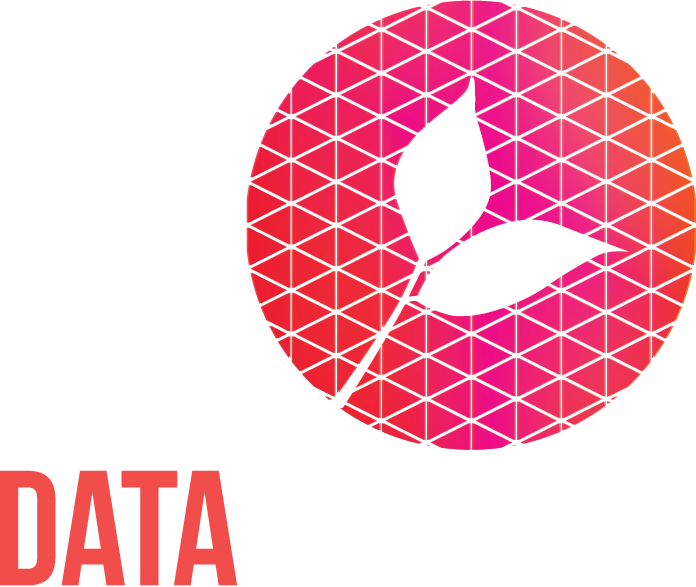A theory of change is about owning your story
“You either walk inside your story and own it, or you stand outside your story and hustle for your worthiness.”
We found this quote quite by chance from a new Data Orchard Twitter follower (thank you @feathertogether). It was the perfect encouragement at a point where The Cart Shed were reaching iteration fatigue with their Theory of Change and thus a great motivator to complete the task.
Data without ownership
Like many charities and social enterprises in the early stages of data maturity The Cart Shed’s data requirements until now, have largely been driven by multiple external agencies (funders, commissioners, regulators). Unsurprisingly, data collection has been an onerous, time-consuming, and unrewarding experience.
To reach more advanced stages, data needs to work for them as a strategic resource to fight for their cause and achieve greater impact. Sitting at the very heart of this is the theory of change.
A tough journey towards data maturity
We’re nearing the end of our 12 month journey to help transform how The Cart Shed manages their data and impact. See previous blogposts ‘Three words to describe how you feel about data? I Hate It!’ and ‘Emerging from the Data Quagmire’. These covered the data audit, review of digital tools and skills, process mapping and migrations to new cloud-based systems.
Of all our work, the theory of change has, arguably, been the most challenging. Facilitating the exploration of WHO the charity serves and what DIFFERENCE it makes and what the THEORY of Change is, has been disruptive to say the least.
Unpicking a vision ‘To provide a service without walls which can transform lives’ into a clearly defined theory, supported by evidence, of the problems they address and outcomes they create is no mean feat.
How do we create a theory of change?
We started back in May 2018: engaging staff, trustees and volunteers in workshops in the woods where they work.
Initially we focused on defining who the charity serves: the needs and characteristics of their target beneficiaries, and who had greater/lesser needs than they can support.
In June we followed up with a workshop about measuring impact. During this, it was important to define and separate:
the ‘doing’ – the inputs, activities and outputs
the ‘outcomes’ – the changes in knowledge, skills, attitudes and behaviours
the ‘impact’ – the long-term, meaningful and lasting impact of their work
All of this elicited big questions and much debate about what the focus of the charity’s work really is. Is it mental health? Is it health? Is it well-being? Are we all things to everyone? Is it about being outdoors in nature? About occupational therapy? What is occupational therapy? How do beneficiaries change? What’s the difference between mental illness and mental well-being? What’s the difference between self confidence and self-esteem? Is purpose in life important? How do you measure it?
Cart Shed outdoor workshop
“My head hurts from thinking” Trish Dowling, Clinical Occupational Therapy Director at our Theory of Change workshop in June 2018.
Picture of Madeleine facilitating Cart Shed Theory of Change workshop
Digging deep
The process was challenging and, as with many things in life, the last hurdle was the toughest to get past.
We were all iterated-out! Refining and re-refining, questioning and questioning again what and how to measure. Moving from big picture to fine detail. Constantly reviewing what’s most important.
As the picture began to emerge, we had to ask ourselves: Does it tell the story? Would everyone agree – the participants/service users, volunteers, staff, trustees?
Every word counts and has to mean the same thing to everyone – our test was ‘Does it make sense to someone arriving from another planet?’ (assuming they had a babel fish for translation…)
The result – articulating a theory of change
Curiously, the final version is so simple we almost wonder why it took us so long to get there. Yet the process was as important as the result.
The Cart Shed Theory of Change
The organisation feels it ‘owns’ its story. They understand (and can articulate with commissioners) the difference between activities, outputs and outcomes. They know what the long-term impact of all their hard work is about and what they’re seeking to achieve. And what’s most exciting is that the commissioners are seeing the value of it too.
The Cart Shed Theory of Change and beyond
Members of the Cart Shed team with their Theory of Change
“We are in a much stronger position now because we know we’re not all things to everyone. We know who we can support to achieve meaningful change in their lives and who we can’t” Katie Eastaugh, CEO, The Cart Shed.
Obviously there’s still work to do in implementing the data collection and analysis to test the theory and that will take time. However, it’s worth noting there’s already plenty of evidence out there to draw on as a starting point. We’ve used data and measures both nationally (from the Office for National Statistics, What Works Wellbeing, and Understanding Society) as well as local data sources.
Find out more
If you want to find out more about Theory of change, there are some great resources on the recently launched Inspiring Impact website. Note this work has been funded by the Impact Management programme (of which Data Orchard is a registered provider) and by the Digital Impact programme, run by the Centre for Philanthropy and Civil Society at Stanford University.
Do you want your organisation to become more data savvy?
Organisations of all sizes can benefit from taking ownership of their data story. If your organisation is interested in becoming more data savvy, do get in touch with us at Data Orchard for a no-obligation chat.

